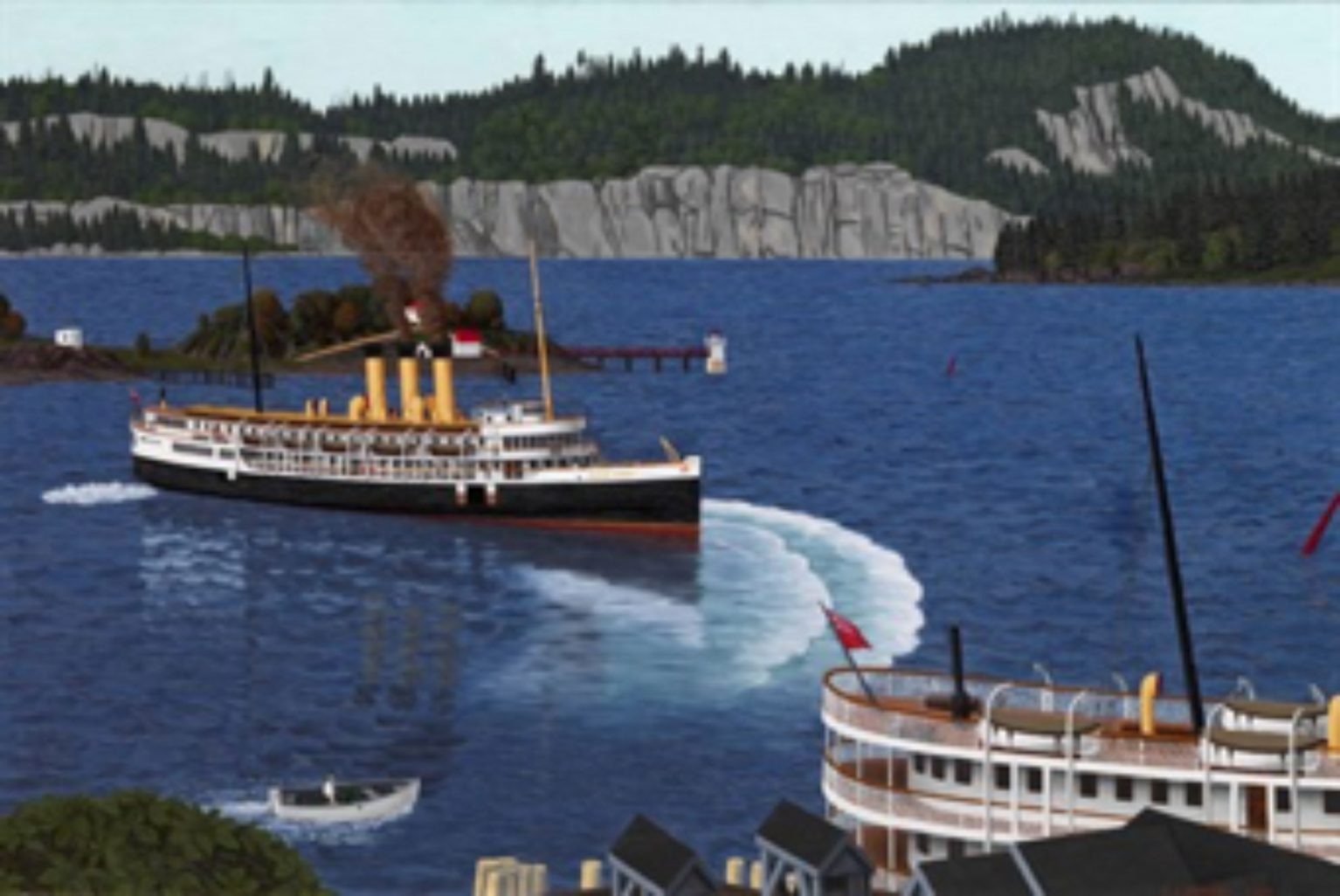2005 Winner
Watch now Whistler's new Audain Museum a significant legacy for B.C. art and E.J. Hughes
E.J. Hughes CM OBC
2005 Audain Prize for the Visual Arts
Born in North Vancouver, British Columbia in 1913, Edward John Hughes (E.J. Hughes) was an influential Canadian artist. He is best known for his vivid paintings of the landscape and seascape of British Columbia.
E.J Hughes graduated in 1933 from the Vancouver School of Applied Art and Design where his talent was recognized early on by his teacher, Frederick Varley of the Group of Seven. Varley, along with another member of the Group of Seven, Lawren Harris, recommended E.J. Hughes for the inaugural Emily Carr Scholarship.
With the start of World War II in 1939, E.J. Hughes enlisted with the Royal Canadian Artillery as a gunner and was posted to England. From 1943 to 1946, he served as one of Canada’s official war artists. E.J. Hughes travelled across England and Alaska to record the lives of ordinary men caught up in the world-wide event. At the end of World War II in 1946, E.J. Hughes and his wife, Fern, settled in Shawnigan Lake on Vancouver Island, British Columbia. There, he continued his life-long study of the Canadian west coast landscape as an artist.
In 1954, E.J. Hughes was one of eighteen artists commissioned by the Canadian Pacific Railway to paint a mural for one of the park cars on the new Canadian Transcontinental Train. Each of the eighteen artists were to depict a different national or provincial park; with Hughes’ being Tweedsmuir Provincial Park. In 1992, Canada Post used E.J. Hughes’ Christie Pass, Hurst Island, B.C on the stamp commemorating 125 years of Confederation.
E.J. Hughes was honoured with the Order of Canada in 2001. In 2005, he was awarded the Order of BC and became the second recipient of the Audain Prize for Lifetime Achievement in the Visual Arts. E.J. Hughes died in 2007 at the age of 93. His works live on in private and public collections and can be viewed as part of the permanent collection at the Vancouver Art Gallery and the Audain Art Museum.

Edward John (E.J.) Hughes, Departure from Nanaimo, 1964, oil on canvas, Audain Art Museum Collection. Gift of Michael Audain and Yoshiko Karasawa.